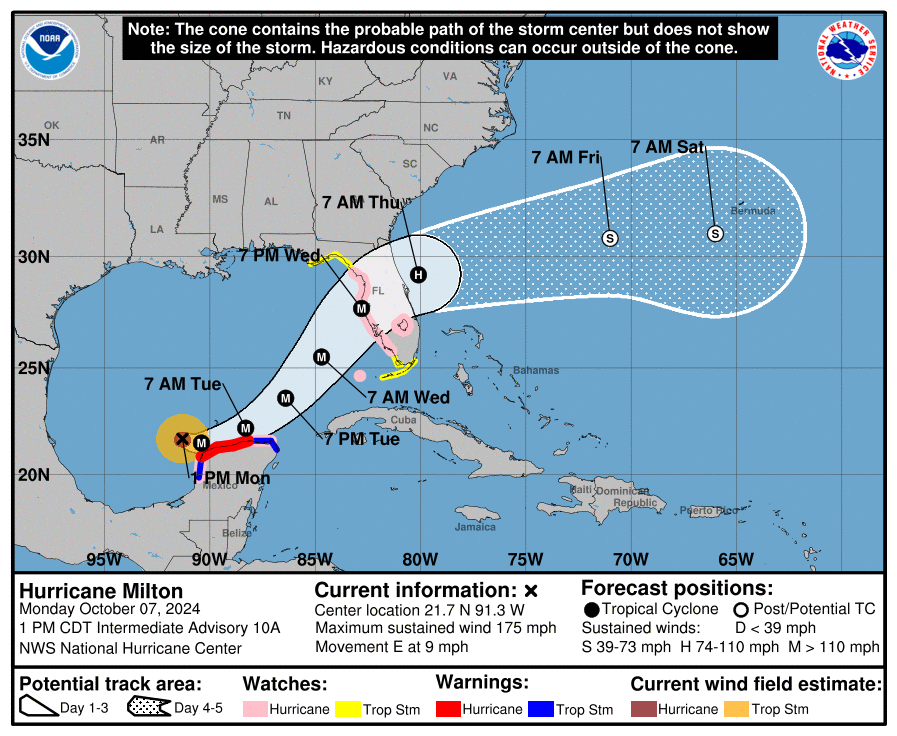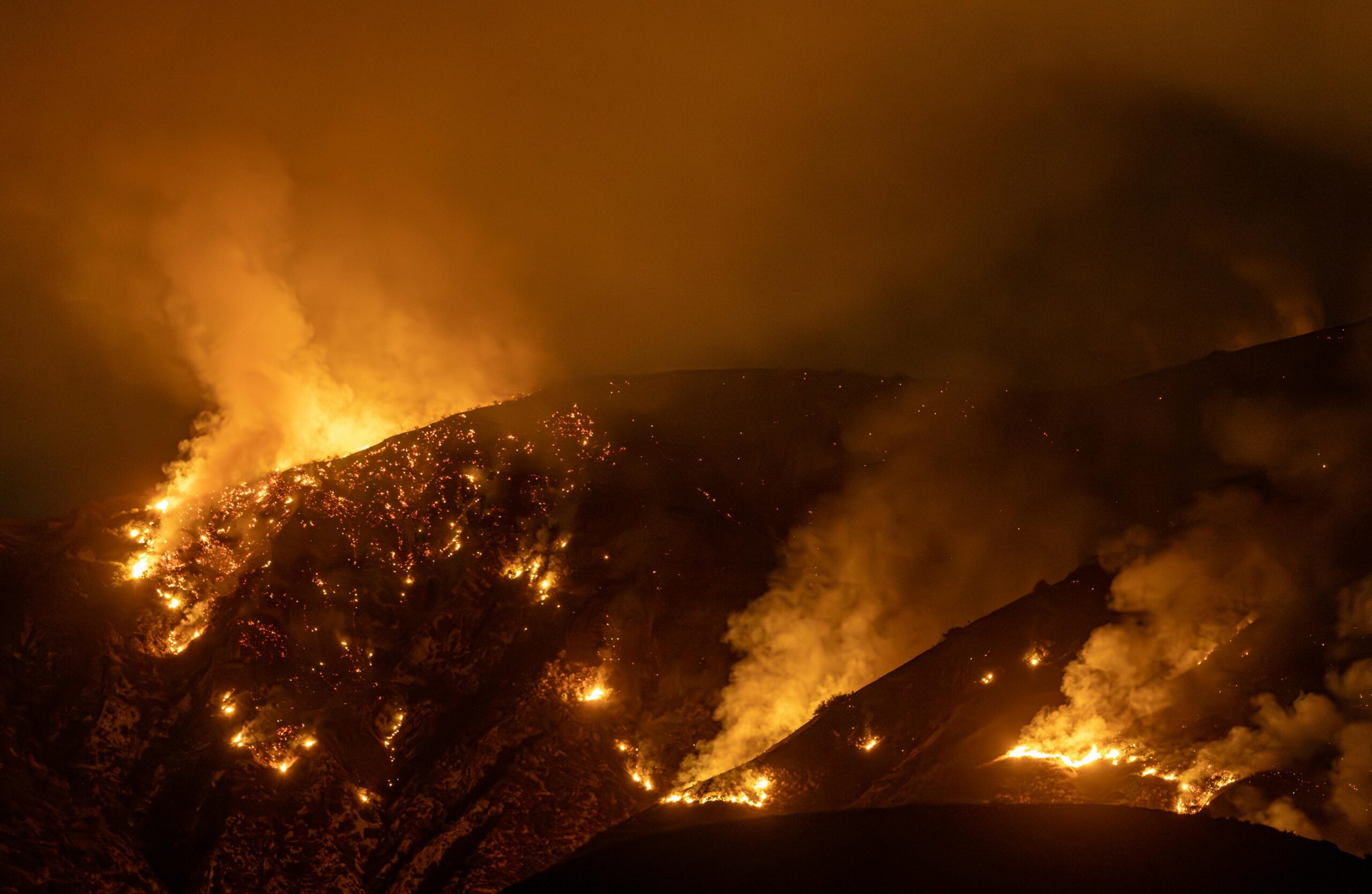The 2024 Atlantic hurricane season began with forecasts predicting above-average activity, driven by warming sea surface temperatures and conducive atmospheric conditions. Early in the year, meteorologists warned of increased hurricane potential, setting the stage for a busy season. While the summer months saw a surprising lull in storm formation, the activity has picked up rapidly in recent weeks, signaling that the most intense part of the season is upon us.
Despite the initial quiet period, the recent surge in storm activity has confirmed early predictions. A series of hurricanes have formed in the Atlantic, bringing heavy rains, flooding, and strong winds to impacted areas.
Last Week Helene, now Milton?
Among the most significant storms this season, Hurricane Helene made a lasting impact on regions in the Caribbean and the southeastern United States. Helene intensified quickly, causing widespread damage along the Gulf Coast. Coastal cities faced devastating storm surges, with thousands of homes flooded and power outages affecting large populations. Helene’s powerful winds also caused significant infrastructure damage, leaving many communities in recovery mode as they brace for further potential storms. Early estimates show total damage and economic impacts from Helene could cost anywhere from 50-200 billion.
In the wake of Helene, the Atlantic hurricane basin remains active, and all eyes are now on Hurricane Milton. Forecasts show that Milton could develop into a major storm, with coastal communities along the Eastern Seaboard and Gulf Coast closely monitoring its trajectory. If Milton strengthens as expected, it could bring another round of destructive winds, heavy rains, and dangerous storm surges, further straining already battered regions.

2024 Atlantic activity heats up as Hurricane Milton’s projected path looking like another impact for the Florida coast.
The 2024 Atlantic hurricane season has quickly transitioned from a slow summer to a highly active period. Hurricane Helene has already left a trail of destruction, and with Hurricane Milton looming, preparedness remains key. As we navigate the remainder of the season, it’s clear that communities must stay vigilant and ready to respond to these powerful storms.




